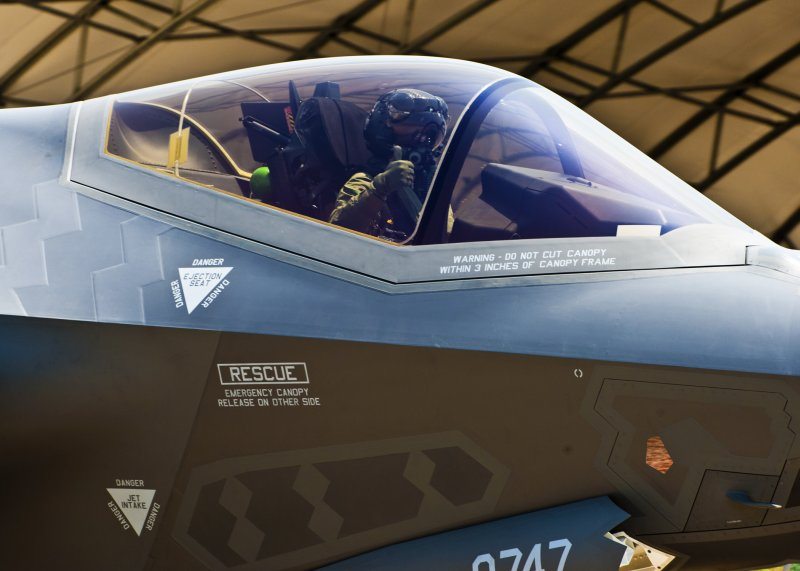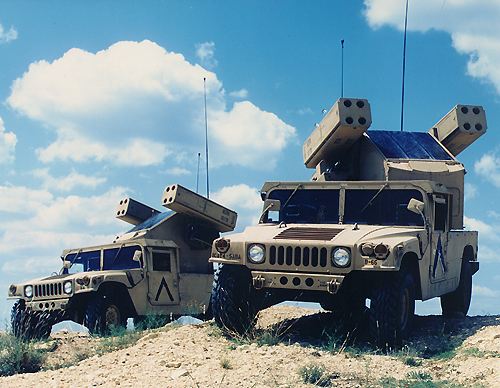The Pentagon’s top official for weapons testing sent a sternly worded letter warning the Joint Strike Fighter (JSF) program and the Air Force that their plans to start unmonitored flight training on the Air Force variant of the JSF this fall “risks the occurrence of a serious mishap,” according to an October 21 memo, first published by the Project On Government Oversight (POGO).
The JSF program and Air Force disagree with the test official’s assessment, saying they are appropriately mitigating safety risks. The dispute has gone all the way up to Defense Secretary Leon Panetta, reported Bloomberg Government’s Tony Capaccio, who first reported on the memo in a story behind a paywall.
In the memo, Director of Operational Test and Evaluation Michael Gilmore explained that the relatively small amount of monitored flight hours on the JSF (and an even smaller amount on just the Air Force version of the plane), along with a higher abort rate than expected at this point in the program, indicate “the relative immaturity of aircraft.” When the test office ran the numbers, they found the Air Force variant had an air abort rate “equivalent to 3,000 aborts per 100,000 flight hours” triple the rate the JSF program itself believes is prudent before unmonitored flight training begins.
Air aborts can be caused by aircraft system malfunctions, according to Air Force guidance. They can be expensive too. According to Bloomberg, “Aborts use up spare parts and lead to costly additional delays in a development phase that’s already been extended four years.” Remember there are a limited number of test planes — and if the pace of testing slows, the rest of the program can be affected.
Furthermore, the test office warned that “a high abort rate correlates to a higher risk of catastrophic failure, including a Class A mishap.” Class As are bad, real bad. They involve damage greater than $2 million or even loss of an aircraft. Even worse, the Class As can involve death or permanent total disability for the test pilots.
The testers, using a historical model with data from the JSF program plugged in, project “at least four ground aborts and four air aborts, including one in-flight emergency” if unmonitored flight training begins with the Air Force variant at its current level of maturity. The warning gets worse too: “Historical experience also indicates the rate of discovery of new failures during flight follows the air abort rate. Thus, there is a significant risk new failures will be discovered during flight training in an unmonitored environment for which there would be no corrective actions developed for the pilot to implement.” Translated to English, this roughly means that after the air abort, the sh*t might continue to hit the fan in unexpected ways while still flying and there will be no emergency procedures developed beforehand to help the pilots get control of the situation.
The bottom line: “The consequences of a mishap at Eglin [Air Force Base] would overwhelm the very modest benefits of beginning flight training this fall,” according to Gilmore. The military and contractors most invested in weapons programs often rush to push them into service hoping to lock in support and improve public relations for the weapons programs. Excessive delays are reasons to criticize programs, but putting the cart before the horse, such as giving sensitive phases of a program the green light before it’s appropriate to do, can create more headaches later on.
The Pentagon test office recommends a delay to unmonitored training flights, saying up to 10 more months might be required for the JSF to meet its own goals on reducing air abort rates and “resolving other safety-related issues.”
But the Air Force and JSF don’t agree, saying that they’re being careful. They dispute the test office’s characterization of risk in a reply to Gilmore’s concerns.
“The abort rate and risk of mishap historical data presented in the memo was discussed at length during the 3-star Risk Assessment Board,” wrote Vice Admiral David Venlet, head of the JSF program, and Air Force Lieutenant General Thomas Owen in an October 24 memo.
Venlet and Owen then put the screws to Gilmore:
“The operational test community participated in this event and was included in these discussions. The board discussed risk acceptance and mitigation in the context of planned training scope and limitations, while also considering the seniority of the initial cadre of pilots. Those important details are missing from the memo and the PO [program office] and AF [Air Force] offer to engage in a dialogue again on this issue with and the operational test community to ensure that context is understood.”
Ouch!
Acting Under Secretary of Defense for Acquisition Frank Kendell had the dispute dropped on his lap and promptly sent a memo on October 25 to the Secretary and Chief of Staff of the Air Force asking them to resolve the matter.
by Nick Schwellenbach, POGO’s Director of Investigations.










